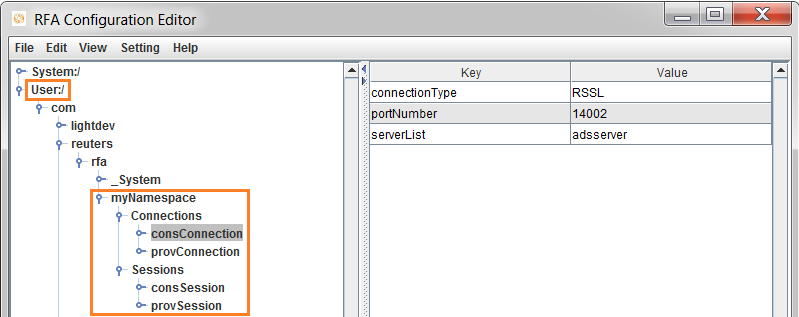When I run an OMM consumer application on Windows machine, the application prints the messages below. Please advice.
Aug 15, 2017 2:00:06 PM java.util.prefs.WindowsPreferences openKey
WARNING: Could not open windows registry node Software\JavaSoft\Prefs\com\reuter
s\rfa\_/System at root 0x80000002. Windows RegOpenKey(...) returned error code 2.
BackingStoreException during checkForLink for path: /com/reuters/rfa/_System
Aug 15, 2017 2:00:06 PM java.util.prefs.WindowsPreferences WindowsRegOpenKey1
WARNING: Trying to recreate Windows registry node Software\JavaSoft\Prefs\com\re
uters\rfa\_/System\/Event/Queue at root 0x80000002.
Aug 15, 2017 2:00:06 PM java.util.prefs.WindowsPreferences openKey
WARNING: Could not open windows registry node Software\JavaSoft\Prefs\com\reuter
s\rfa\_/System\/Event/Queue at root 0x80000002. Windows RegOpenKey(...) returned
error code 2.
BackingStoreException during checkForLink for path: /com/reuters/rfa/_System/Eve
ntQueue
…





